I've mentioned before how copper presents a compelling opportunity to participate in the anticipated commodities boom. The smallest of investors - I'm talking about both those with little capital, as well as those who are just little - can afford to save cents. If you're going to save an emergency stash, why not fund it with copper pennies? Teach your children the value of money at the same time as you deposit copper pennies into their piggy banks. Pre-1982 Lincoln cents are 95% copper; they're worth more than double face value now. Hold onto them.
The dollar serves as the reserve currency of the world. It's in danger of losing that privileged international status. It's prestige is diminishing. As the dollar declines, commodities priced in dollars tend to increase. This traditional inverse relationship has bestowed upon precious metals the asset class of safe haven. Copper and nickel, by all rights, should be afforded that same status as well. But they are beneath the radar of most who target larger profit, positioned aboard the silver and gold rocket which is aiming for the moon.
We're not here today to hear about the benefits of starting your own copper cent hoard. Let's talk instead of market timing. Or, rather, trying to time the market. Many say it can't be done with any accuracy, that there are just too many variables which impact the direction of the market. Based on this consensus, the sages of Wall Street counsel us to "buy and hold." They caution that missing just the forty best (or should that be frothy) days in the S&P 500 Index during the time frame of 1987 to 2007 would have sliced nearly eight percent from your return.
Portfolio manager David Templeton - who blogs at Disciplined Investing - provide figures to support that claim. http://seekingalpha.com/article/99747-the-dangers-of-timing-the-market. Your actual return, had you followed that pattern, would have been only 3.98%, compared to the 11.82% realized by those who remained fully invested. Had you missed only the 20 best up days of the same index - of a shorter 1997 to 2006 duration - you would have lost a bit of money, rather than have matched the annualized return of 8.4%.
Maintaining discipline is not always easy, as Templeton admits. But it must remain paramount -trumping conviction - as an investor strategy. He advises his clients to do just that, remain invested for the long term. Sure, you'll have to endure an occasional wintry blast, the kind of downdrafts that often precede an ominous stormfront. But season's - like the economic climate -change. Summer will ensue, providing rising thermals that can carry both stocks and gliders aloft. And the payoff is, no one can predict just how high they'll soar.
Market timers try to anticipate events that would enhance performance or preserve capital. They want the best of both worlds. Hence, they might try to "take profits" and go to cash if they feel the markets are overbought. They hope to benefit by waiting for a correction, and then use that retracement to jump back into the markets. Buy low, sell high. Again and again. Market timers are just like big kids on a teeter-totter. They want to be on the side of the ride that's having the most fun. We've been talking about stocks. But what about precious metals?
In its recent run, gold seemed to be reaching for new highs nearly every day. When it hit the $1225 level, I heard realcent contributors bemoaning the fact that they hadn't bought at this level or that. "I should have bought at $1100," says one. "Why didn't I buy more at $1000?" says another, "I'm kicking myself!" Others spoke of silver in a similar vein. You would think that the subsequent 9.1 percent $110 pullback in gold, and approximate 11.5% percent $2.25 fall in silver would present the opportunity they await. But does it?
Human nature tends to cause us to dread loss more than we value gain. We also tend to demonstrate selective memory when we attribute short-term performance as being representative of longer-term trends. A few days after prices have made a big move in either direction, we have already adjusted. We make fallacious decisions based on this new baseline, which may in fact prove to be only a temporary level. Prices that seemed cheap may be within reach, and a correction to levels left months ago may appear possible.
So we're faced with the question, do I buy gold now that it is at $1115? Silver now that it is at $17.00? I can hear them thinking. "A week ago I was telling myself that I should have. But now that we're here, I don't know. Gosh, the prices have been dropping every day for two weeks. What if they drop some more? Shouldn't I wait?" We have become accustomed to the current price levels due to representativeness, which causes us to give too much weight to recent evidence. http://news.morningstar.com/classroom2/course.asp?docId=145104&page=3&CN=COM
The price of silver and gold may drop further, but betting on that happening is a risk I wouldn't want to take. If you were waiting for a better buy, than you better buy now. Investors were already loading up on precious metals, and could return in force at any moment. Silver is a volatile market, moreso than gold. It is subject to sharp sell-offs that many feel are due to naked paper shorts at COMEX. Ted Butler has contended this for years. His musings on this topic may be viewed at this site: http://silverbearcafe.com/private/silveraccident.html.
While plunges in the price of silver can be sudden and disheartening, in retrospect they prove temporary. We are in the midst of a long term bull market for silver. While no one can tell you how long current prices will last, I can assure they won't. It may be a matter of days, or weeks, but the buyers will be back. This retracement will some day be viewed only as a respite that allowed time for consolidation at these levels. After that, it will be back to the races. I hope you have your entry form filled out, and track shoes laced.
NASA built the space program, but you have to build your portfolio. Like an intrepid Apollo 11 astronaut on the eve of their lunar mission launch, you could accomplish the same achievement as did Neil Armstrong, Buzz Aldrin, and Michael Collins by boarding your own rocket bound for that same destination. They used a three-stage 363-foot rocket providing 7.5 million pounds of thrust to propel them into space and into history: http://www.nasa.gov/mission_pages/apollo/apollo11_40th.html.
Silver and gold are like that Saturn rocket; poised for launch. As the RP-1 rocket fuel and liquid oxygen oxidizer ignite, an enormous rumbling is heard. Fiery gouts of flame emerge from it's base. Huge plumes of steam billow forth forming furious fuming clouds with radiated heat like a pyroclastic wave. At a safe distance, a gigantic roar of approval reverberates from the admiring crowd. When silver and gold finally do take off, like the launch of 1969, it will be a moment history will never forget. Make sure you're on the same page.
Buy Silver. Buy Gold. Save Copper. Start Now.



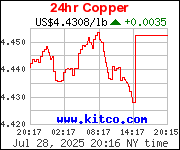


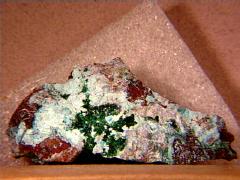

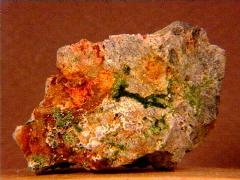
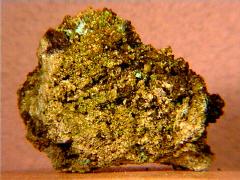
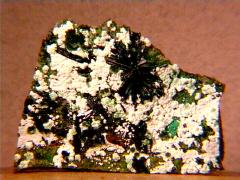
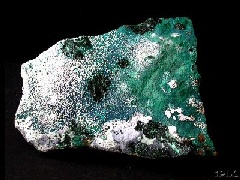


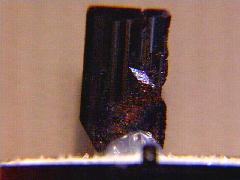
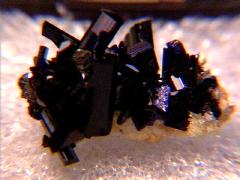
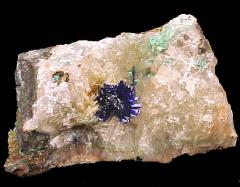


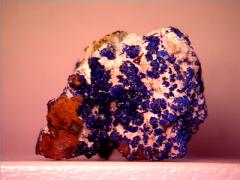






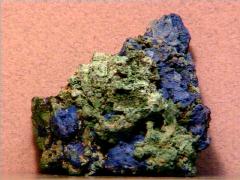

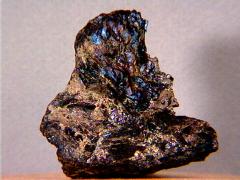




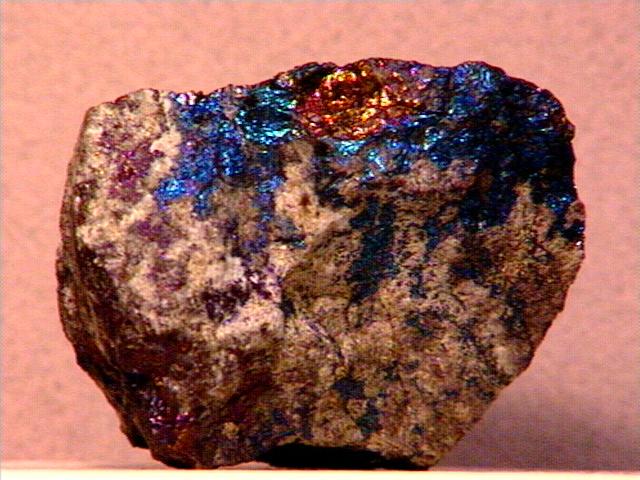


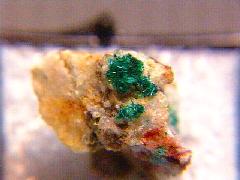
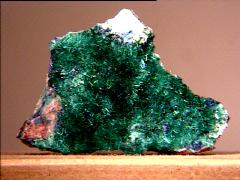






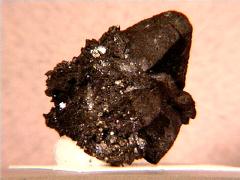
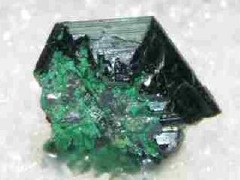
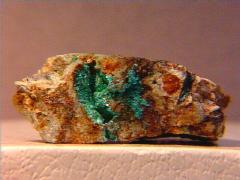

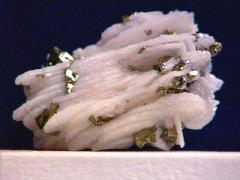
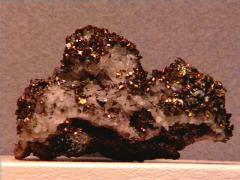

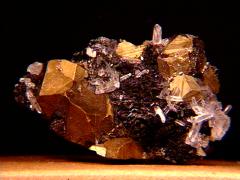
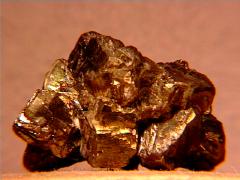




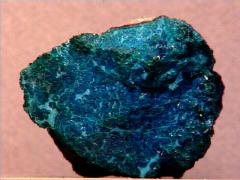
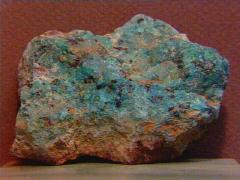



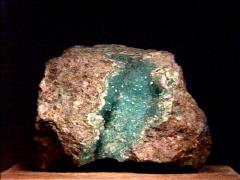
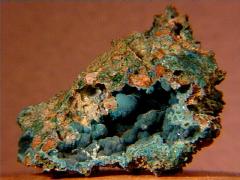
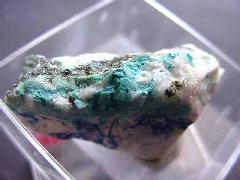
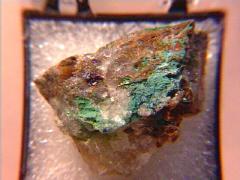


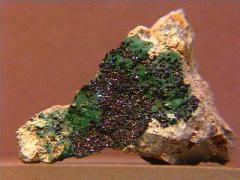

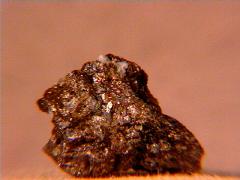
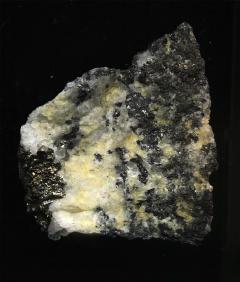






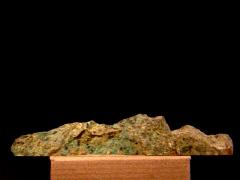



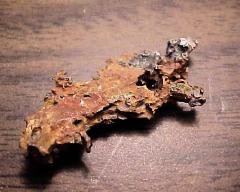
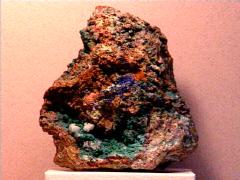


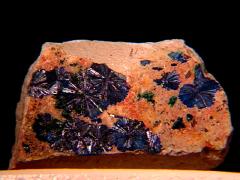
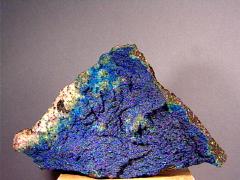

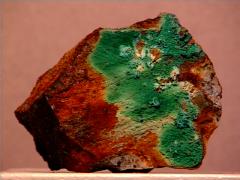


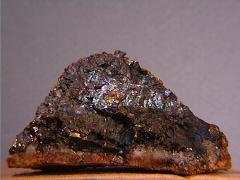
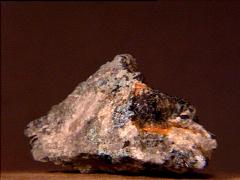


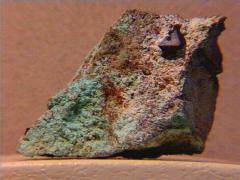


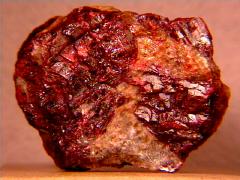
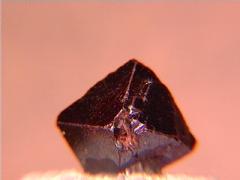

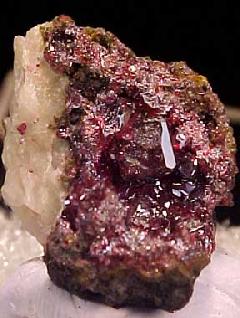


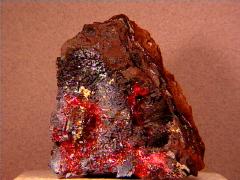


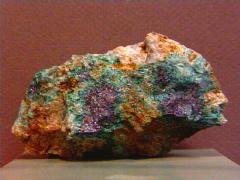

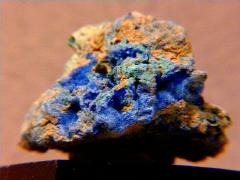

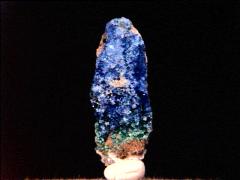




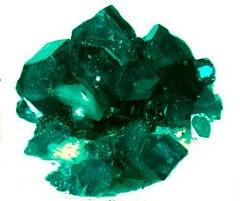



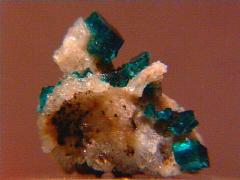








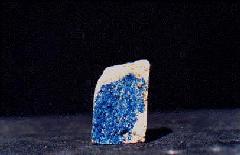


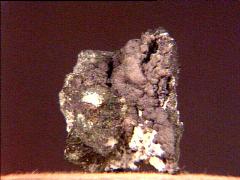
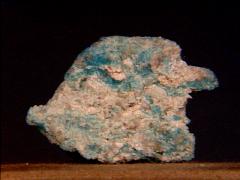






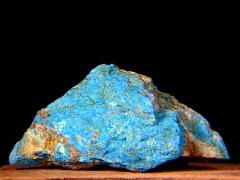

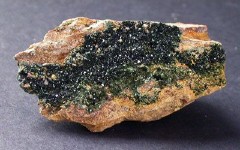


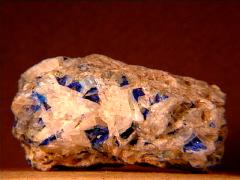
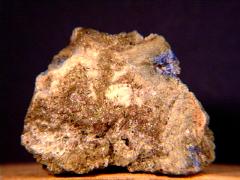


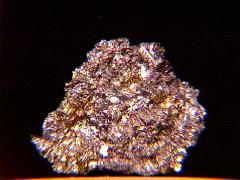
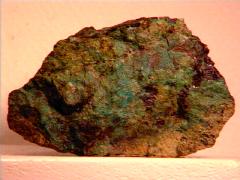
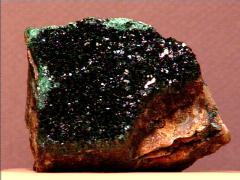
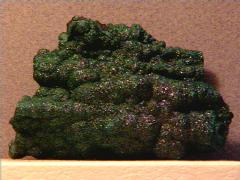




No comments:
Post a Comment